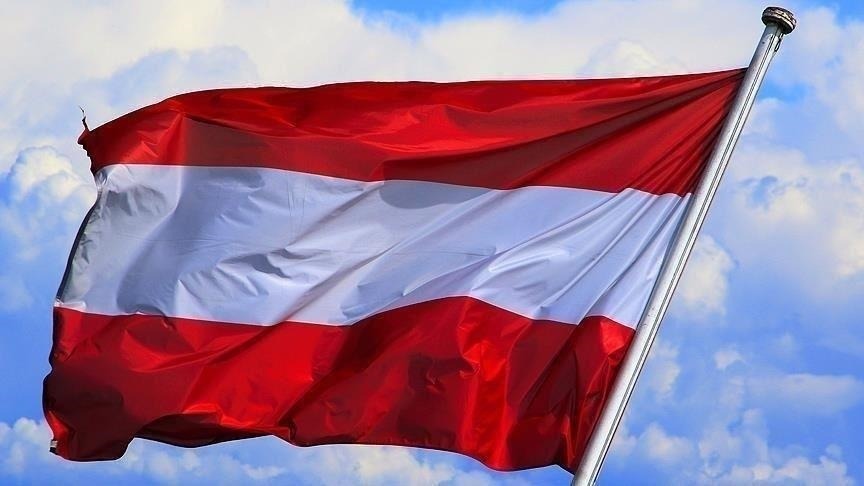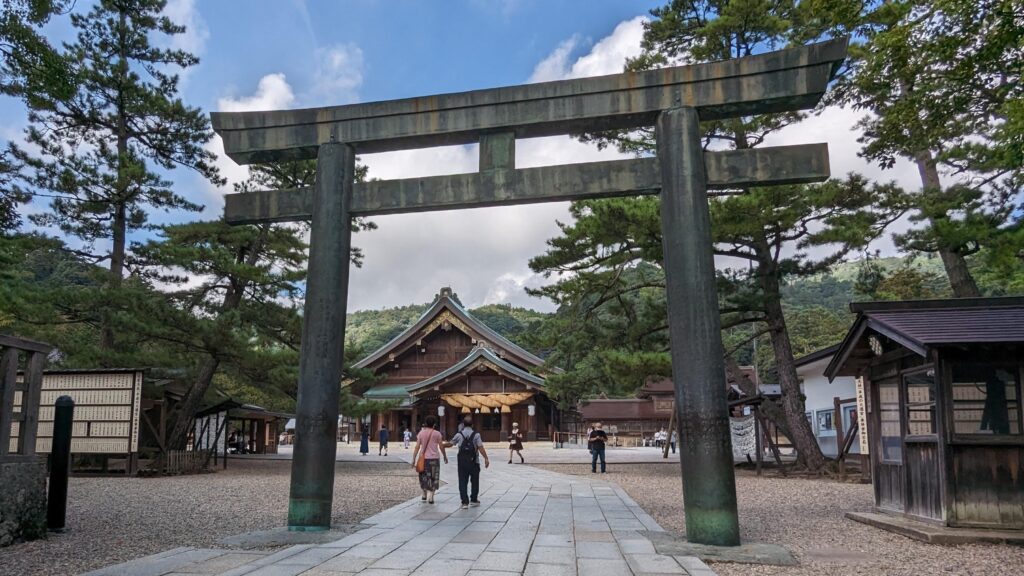I woke up to the sound of loud a loud French couple talking in front of my capsule. They just couldn’t have picked a better spot, could they? Bla, bla, bla for 15 minutes. Please just go out and talk outside, is it really that hard? I would even have said “merci beaucoup” had they left the room. Now being fully awake, I decided it was time to start packing and prepare myself for the longer ride to Nikko. The JRPass that we bought wasn’t active yet, so we had to use the rapid/express and the local trains to get to our destination.
This morning however, our stomachs developed a bit of homesickness. I was longing for some spaghetti or some pizza. And so while walking around the train station, we came across a small restaurant that served pasta and morning tea. Everything according to the plan! I ordered bolognese pasta with some parmesan cheese on top, but I did not have high expectations since, to be fair, the pizza that I ordered here in Japan the last time was pretty meh. The Japanese have sushi, ramen and soba figured out, but European dishes don’t seem to be their strong suit. On the other hand, the dishes here might just be adjusted to the Japanese palate and that’s why I don’t like them. Whatever the case, I was hoping this pasta was going to be better. And better it was! The portion was just right, the tomato sauce was nicely seasoned and the pasta cooked just right. It wasn’t a Michelin star dish, but it satisfied my taste buds and gave me enough energy to continue with the day.
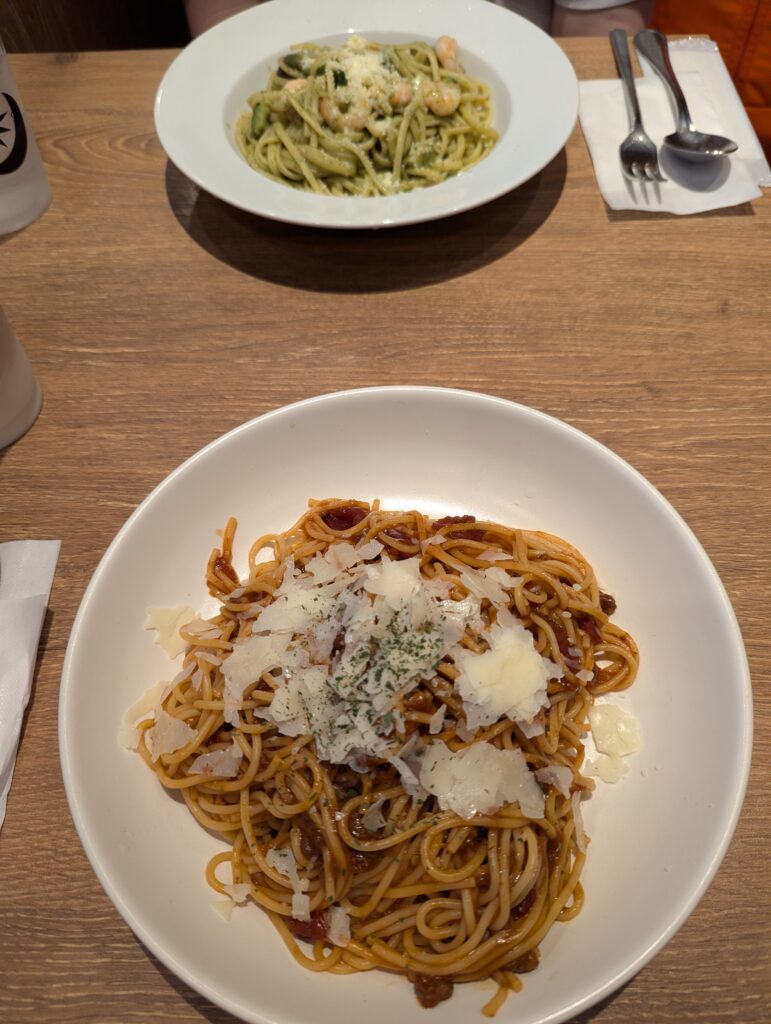
With our stomachs happy it was time to head towards the city of Nikko. Nikko was about an hour ride away from Tokyo using an express train. This time around however, we couldn’t use the SUICA card. We had to purchase a separate ticket, since this was a special express train. This also meant that we practically had a reserved seat and we didn’t have to worry about standing on the train for more than an hour. With a reserved seat I mean that only a limited number of express tickets are sold – never more than the train’s capacity. This is also why we couldn’t board the first train. It was full and thus we had to board the next train. But this really wasn’t a big deal since it was only an hour wait and in the meantime we got some breakfast.
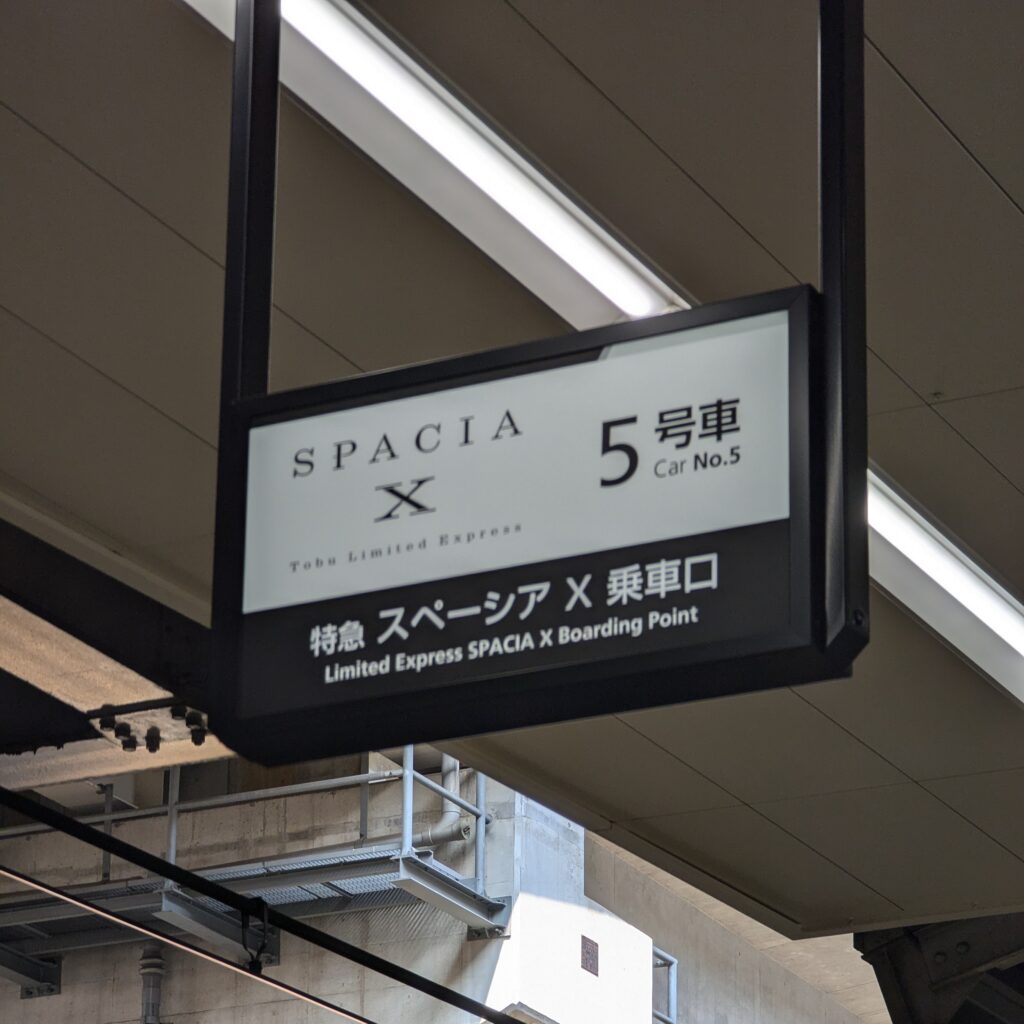
And so we arrived in Nikko. But Nikko wasn’t the final destination this day. We still had to get to he Kinugawa onsen station. The valley in which this onsen is located, is also home to tens if not hundreds of hotels and onsens. The valley once used to be the centre of tourism and as a result all of these hotels were built. But interest in this valley slowly faded away and a lot if not most of the hotels were abandoned or are in poor condition. Since nobody wants to take care of demolishing these old buildings, they are slowly succumbing to the flow of time. We thought it would be a great idea to explore one of these hotels, but we sadly couldn’t find a hotel that wasn’t off limits. Still, the views of the valley and the multi-storey hotels made for an awesome view. At one moment I thought I was walking through a communist built town, the other that I was exploring the ruins of golden era Japan.
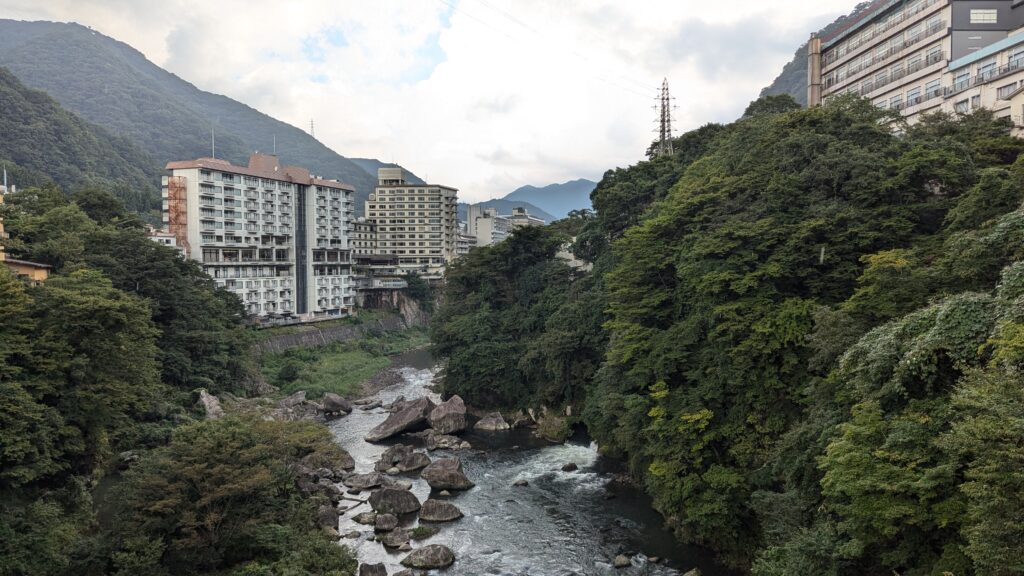
The first actual attraction that we visited was a cool looking suspension bridge that is featured in pretty much every video that explores the abandoned hotels of Kinugawa. I was eager to cross the bridge and enjoy the views of the valley. We were lucky that there were pretty much no people on the bridge at the time, which allowed me to take some amazing photos of the Kinugawa river and the valley that has been formed because of the river. The sides of the valley are covered with lush forests that slightly resemble the tropical flora. Often the abandoned hotels themselves have plants growing out of them, which gives a really cool abandoned vibe to this place.
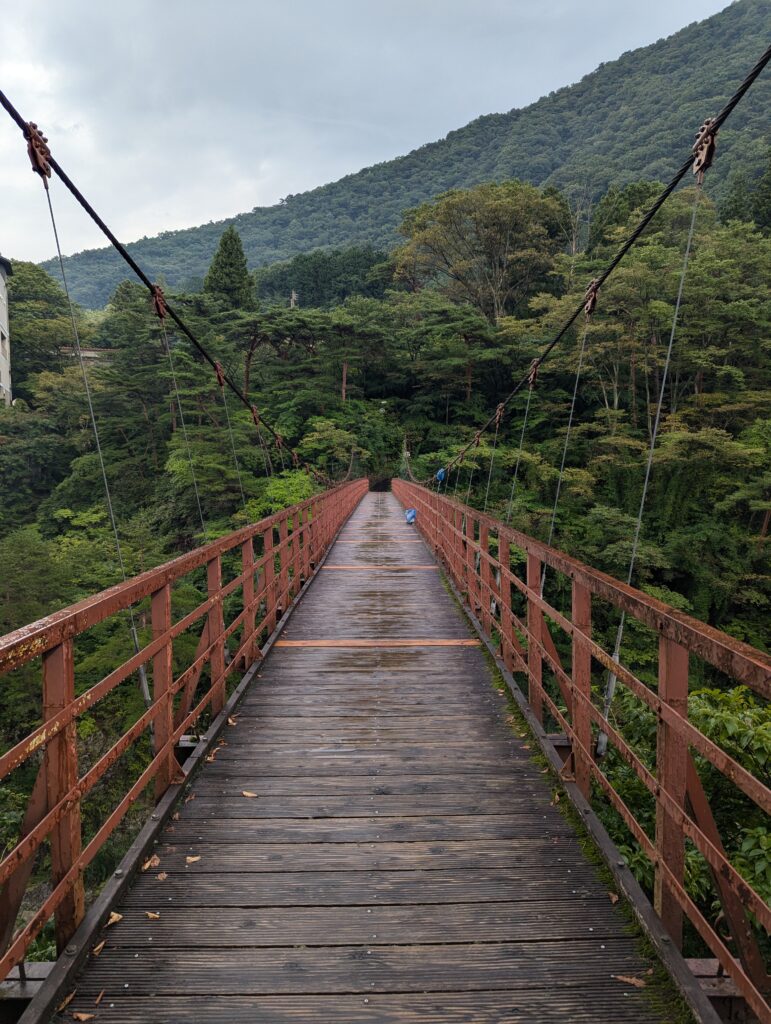
After crossing the wobbly bridge, we decided to go for a little hike around the town of Kinugawa. We passed many rice fields and old houses, many of whom looked almost like small temples with their distinctive roofing. And of course as mentioned before, there were tens of hotels, some of which were also abandoned. One of the abandoned hotels wasn’t fully closed off, so we got a little bit closer. Unlucky for us, the entrance to the hotel was still closed and we weren’t able to enter :(. It was like this with almost every building – seems like people just aren’t meant to explore these buildings. Still, just seeing abandoned buildings from the outside was pretty exciting. Having satisfied our curiosity about the unknown, we figured it was time for dinner. The town is home to many restaurants, but we opted to eat at a restaurant just below our hotel. The decision proved to be good, since the food was cheap and really tasty! The couple working at the restaurant were also the owners of this little hotel. They were really friendly and the resturant felt like eating at someone’s home – welcoming, quiet and with a tv turned on. The tv was broadcasting some cooking show that made us even hungrier and we getting more excited about the evening meal with every minute.
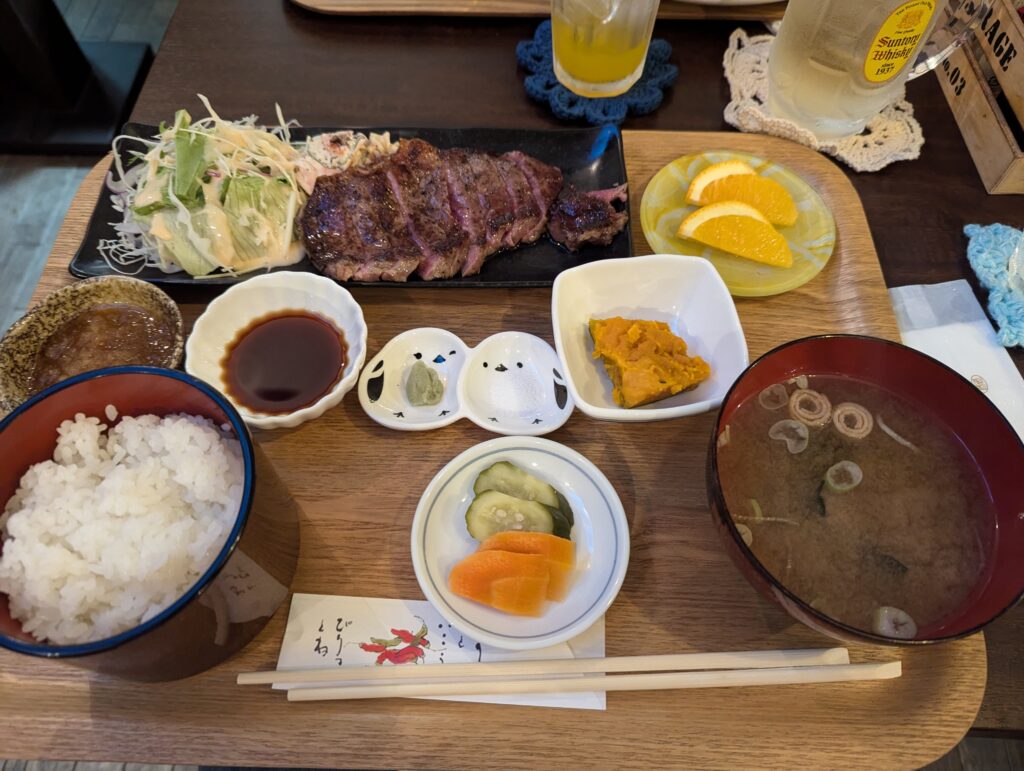
The following morning was time for another solo adventure. I decided I would go to the north of the valley. This is where the Kinugawa valley joins the Ryuokyo valley. Ryuokyo valley is probably one of the nicest places to go hiking if you are staying in Nikko. The name of the valley comes from the fact that the valley is supposedly shaped like a dragon. Not only is the valley itself beautiful, it is also home to a plethora on interesting flora and fauna. One such example is the Kinugasa flying frog or the forest green tree frog, which is native to this region of Japan. One really interesting fact about this animal is that it lays its hundreds of eggs on trees to protect them from predators. After the tadpoles emerge from the eggs, they fall back into the water below. In the case of this forest, there was a marsh like forest ground that allows the frogs to breed and swim. Unfortunately, I arrived here out of breeding season and as such I was not able to see any frogs or eggs for that matter. Perhaps I will come here again some other time to witness this interesting phenomenon. From what I have read, the breeding season is between May and July.
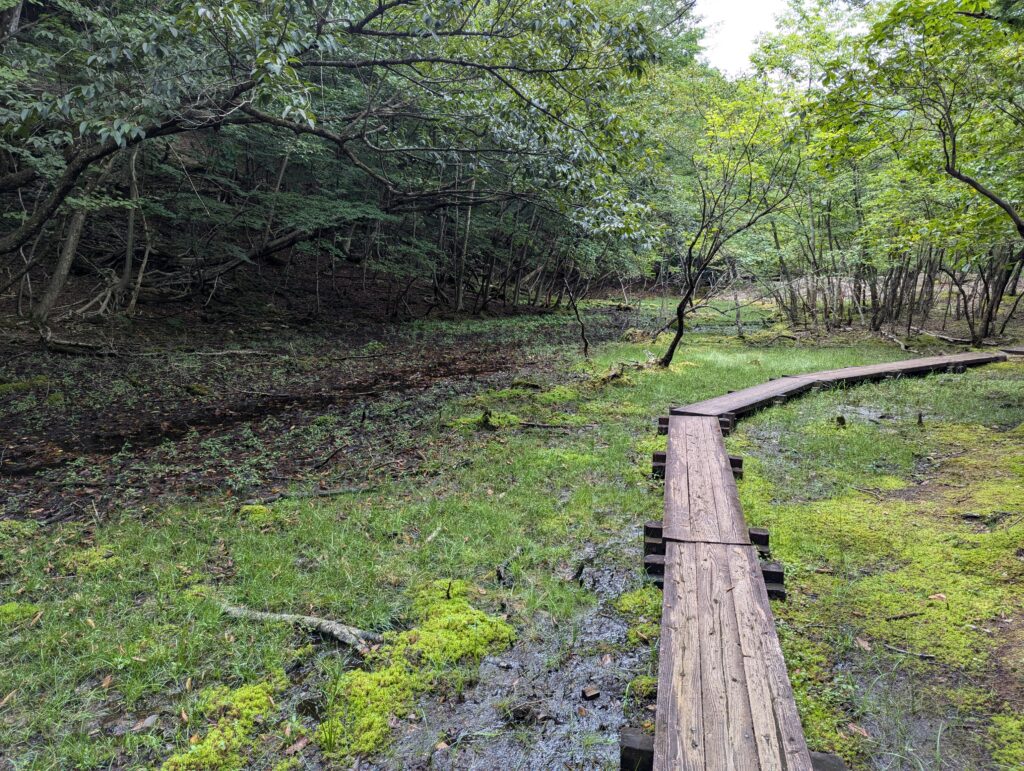
On my way through the forest path I also encountered many waterfalls and a small shrine. The path was really nice and partially covered with wooden planks. There were also a lot of signs warning of falling rocks and trees, as well as bears. I am familiar with the fact that Japan is home to a large population of bears, but so far I have never encountered such a warning before. This made me a bit more alert and I made sure to whistle or let out a sound occasionally to scare away any potential bears for I do not wish to come home with a missing leg :).

Halfway through the valley I also came across a small building that looked like a shop. From the outside I couldn’t really see anyone in it. But after approaching the small tea shop an older man emerged outside. He greeted me with a smile on his face and asked me if I wished to buy anything. I was a little bit hungry so I asked if food was being sold here. He pointed at a blackboard with three different dishes (or rather snacks). There was a bunch of kanji, some of which I did not understand, and among the items something called “konyaku”. I frankly wasn’t sure what this was, but I trusted my senses and ordered the mysterious dish. And I received a bunch of jelly triangles covered with sweet miso sauce. After looking up this dish, it turns out it is made of a root of the plant konjac, a plant that is pretty popular in this region. The triangles themselves did not have a strong taste, but coupled with the warm miso sauce the dish tasted quite well. Turns out this dish is pretty popular among hikers, since it is full of fibres and gives you a quick energy boost.

After a quick snack it was time to return back to the train station. I chose a different path this time around. And once again I saw the bear warnings. There were also no people on this path so I started thinking if perhaps I was not supposed to be here. But given there were no prohibition sings, I am sure me being there was fine. The path back led me over a couple more bridges and there were even more amazing views from the top of the valley. But as I was approaching the train station I started to get a weird feeling in my legs near my ankle. This made me stop by the road and inspect the situation. I saw a couple of 1cm long bugs on my ankles. I wasn’t sure what kind of a bug this was, so I used my phone to remove the bugs and carried on. That is until I felt there was something dripping down my leg.
I looked down and realised it was blood. Quite a lot of it. I started wondering where and how the did I get hurt. Was it the spiders? Perhaps some kind of a plant? Wrong! Those bugs that I removed before? Yeah, that’s it, and those little bugs were leeches. It was my first time encountering this so I opened google and looked up leeches in Japan. Turns out they are pretty common in this area and that they can be quite annoying and potentially dangerous – sort of like ticks. Another look down and my socks were bloody as well… Those bugs even sucked my blood through a sock? To be fair, it didn’t hurt me at all, but the sight of bloody socks did not make me feel that great. I wanted to shower myself somewhere to at least clean the blood from my legs and perhaps clean the socks a little bit. But I wasn’t in luck, this town did not have any onsens. However, a town higher along the valley named Kawaji did. So I decided I would board a train to this town and at the very least take a shower there.
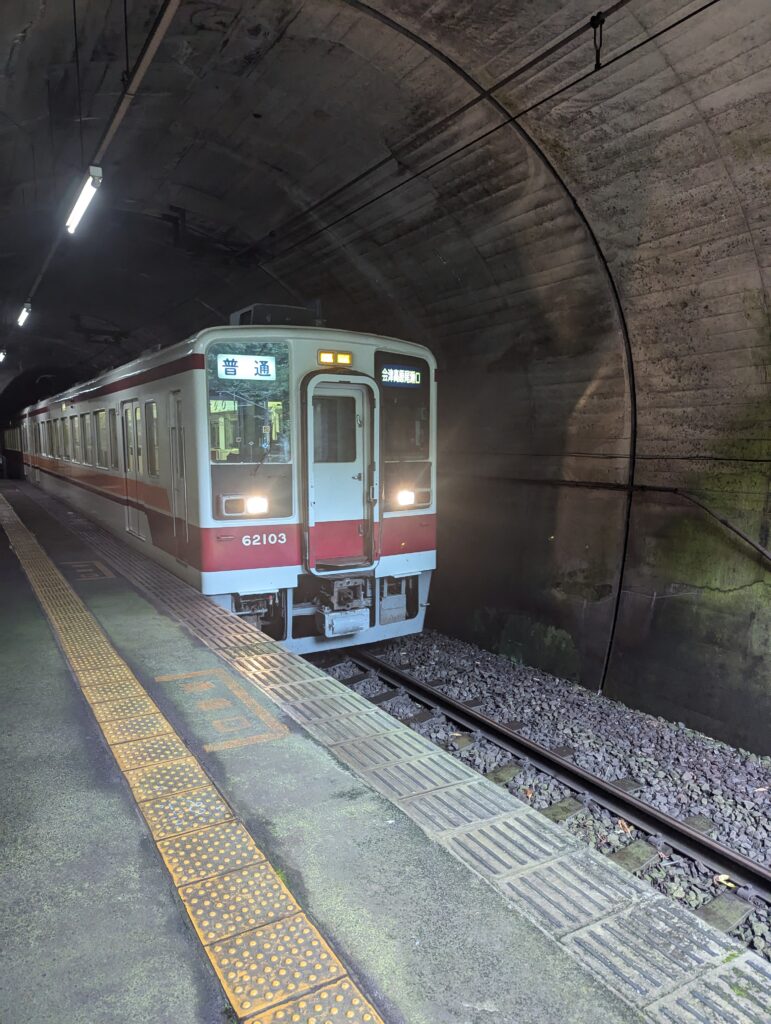
The town of Kawaji was pretty similar to Kinugawa. There were also some abandoned hotels and there were a lot of onsens. However, most of them seemed to be part of a hotel and I was seeking something that I could use quickly. Especially given my bloody socks, I did not want to walk around the hotel and cause any trouble. Luckily for me, I found an onsen that fit my requirements. There was just one catch – it was an open-air onsen. Something even I haven’t tried before. And while walking on the other side of the river I could see the (mostly elderly) men bathing in the onsen. No fence or anything, just a clear view of the pool and the people in it. I guess I had no choice – I really wanted to get rid of the blood. And on a side note, the view of the river from here was astonishing – the fog above the river made it look really mystic and mysterious!

The onsen itself was pretty basic. It had showers and two open-air pools. The primary demographic of this onsen seemed to be grandpas conversing about their summer vacation, climbing nearby mountains and driving around in their small cars. This meant I stood out quite a bit. They didn’t seem to be used to foreigners coming to an onsen in such small towns. To be perfectly honest, I haven’t seen a single foreigner while this entire day. This is also one of the reasons why I love coming to smaller, unknown villages and towns – to experience the life of locals better and to learn more about their culture. This was also the case this time around. After soaking in the onsen for around an hour I returned back to the reception. Since it was already afternoon, I was getting pretty hungry.
I asked the lady if this town had any restaurants where I could get some ramen, soba or something similar. Turns out this town wasn’t the centre of cuisine and I was told to better head back to Kinugawa or Ryuokyo. She then also asked me when if I knew when the next train was. And once I figured out it was only an hour and a half later, she talked to the gentleman next to me about something. Turns out he was also heading towards Kinugawa and was willing to give me a ride. She assured me the old man was a good person a couple of times, even though I said I would happily take her up on this offer the first time. They were both really nice to me and I thanked them as much as I could. The old man (whose name I sadly forgot to ask) wasn’t very talkative but we talked a bit about where I come from and what food is popular in Nikko. He advised me to try some wagyu, which I am sure is amazing (I tried it last year in Beppu). He also said he loves mountain climbing and that climbing Mt. Fuji was one of his goals. I expressed my amusement over the fact that he was still climbing at this age and said I would love to do the same! He saved me a lot of time so I thanked him as much as I could. Seems like using Japanese in smaller towns has always allowed me to connect with the locals, have a bit of a chat and even get me a ride home! Such conversations really encourage me to learn Japanese even more.
